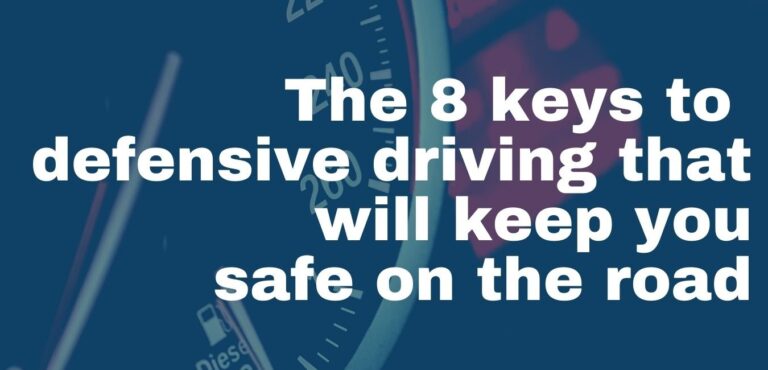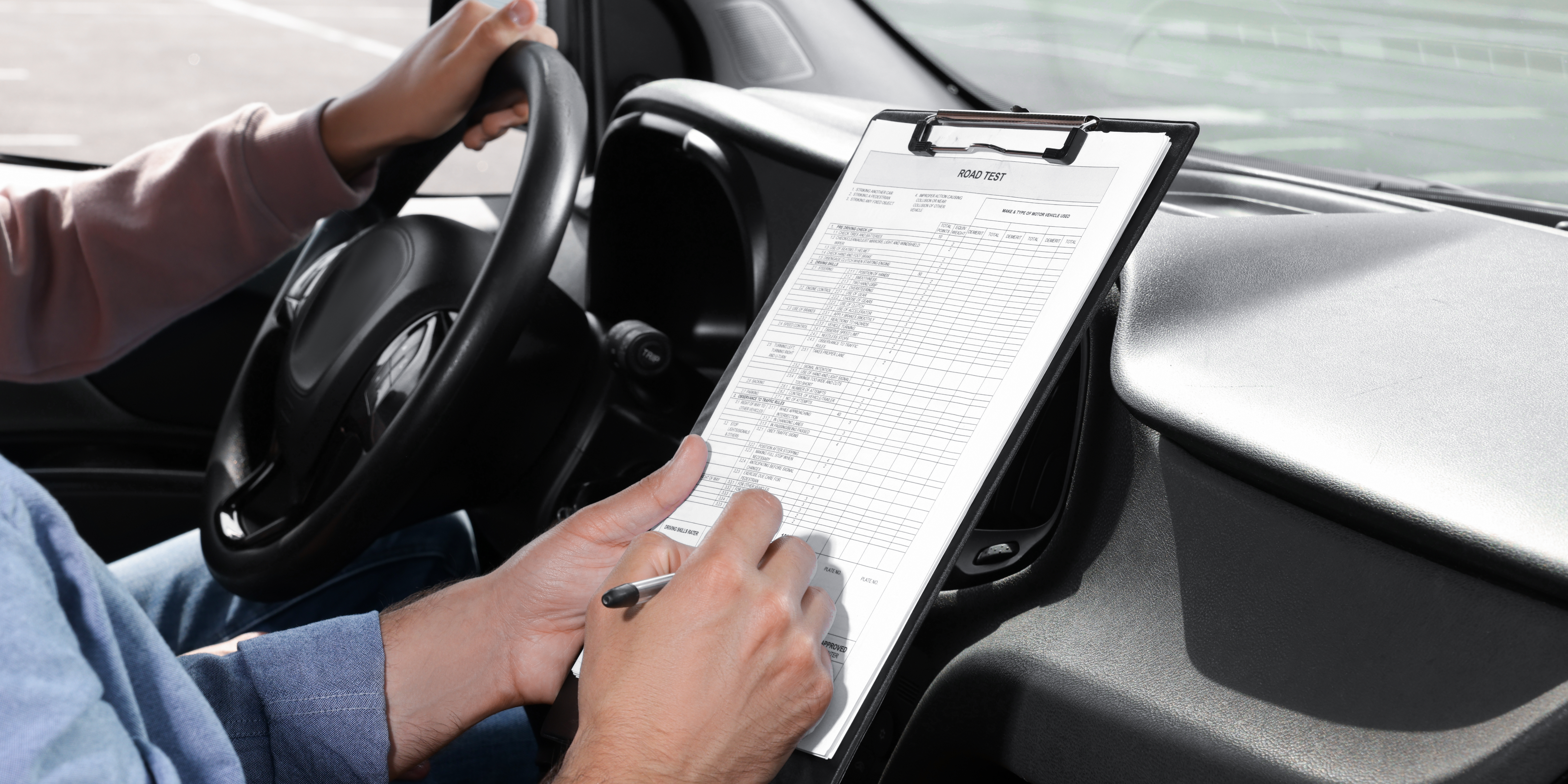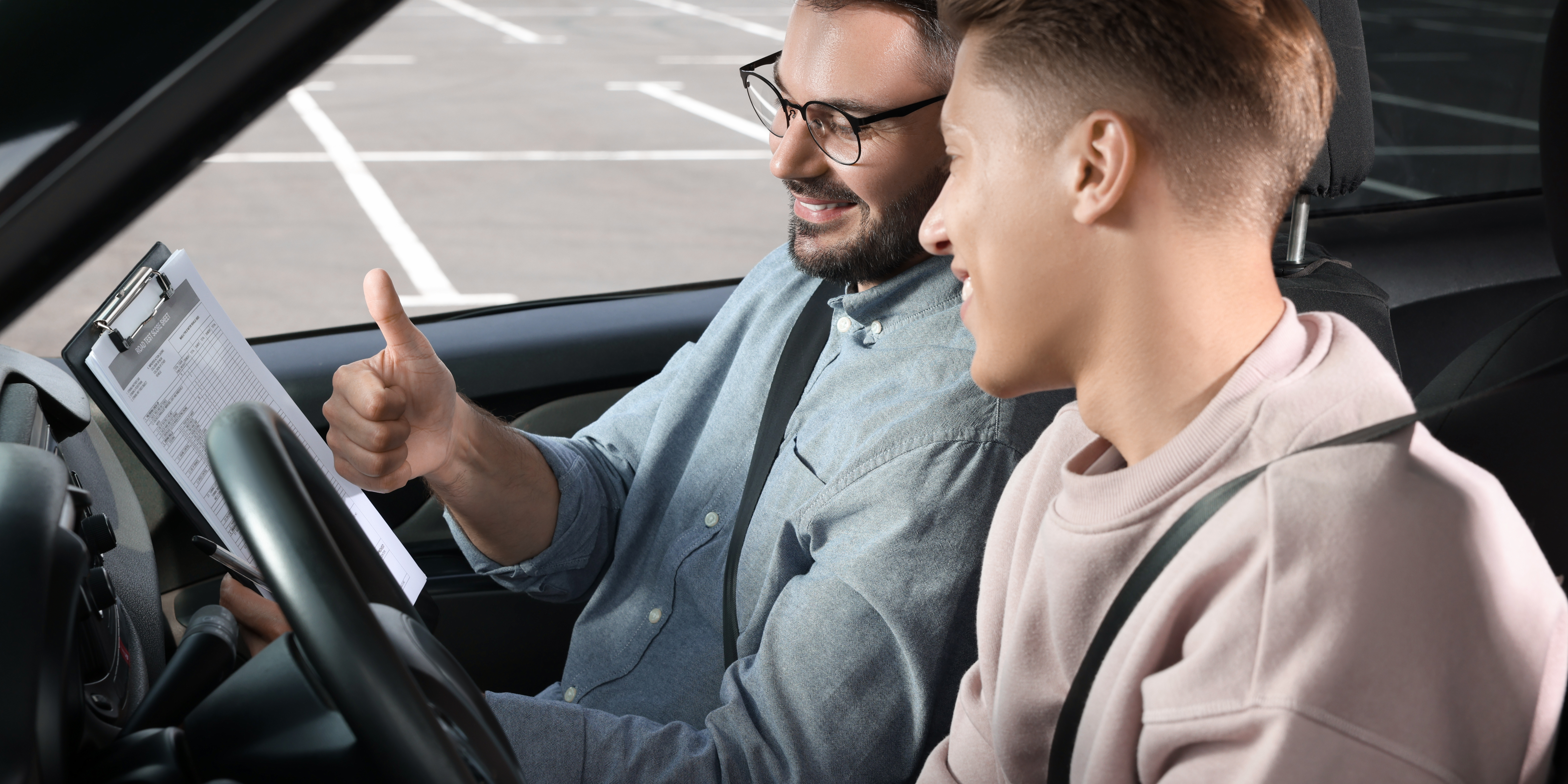To learn defensive driving that avoids any problems or accidents, one must learn how to become a defensive driver who is safe and responsible. Of course, the first thing to do is learn the rules of the road, so that you can avoid any confusion with other drivers!
Once you have the rules of the road mastered there is an additional step of learning defensive driving, because sometimes another driver will make a mistake, or may not know the rules of the road or may not follow them. In such cases being a defensive driver will protect you from getting into an accident. Sometimes accidents happen and it may not be your fault, but being a defensive driver allows you to stay safe against most situations.
The principle being defensive driving is based on three main concepts which are visibility, space, and communication
Visibility is about being seen as well as seeing what is around you at all times. Using your eyes to scan the road and your mirrors is very important to see what others are doing, as well as looking far ahead at other cars and traffic signals.
Defensive driving is also about positioning your car so that you are easily seen and can be predictable to other drivers, which means giving space between you and other cars and moving in predictable ways according to the rules of the road. Understanding the space you occupy on the road is important.
Communication with other drivers and pedestrians is also important. Eye contact can go a long way especially with pedestrians and cyclists, and using your turn signals and also your horn where necessary is important when communicating with others safely on the road.
Be prepared as a defensive driver!
Part of defensive driving is simply being prepared to be a good driver. When you enter the car be sure you are too tired or distracted to drive as you need to be able to concentrate on the road and process the information efficiently!
You should be comfortable in the car you are driving. Ensure you know all the controls so you can access them when you need them without thinking. Also make sure everything works as you need and be in the best driving position where you are comfortable! And, of course, always wear your seatbelt and know when to use your headlights at night and for poor conditions such as rain, fog or snow.
Check your blind spots!
One of the most important aspects of driving is learning your blind spots and knowing how to check them. This will vary from vehicle to vehicle and how you set up your mirrors, ideally there should be little to no overlap in the mirrors to minimize your blind spots, but always be prepared to check your blind spots by turning your head and doing shoulder checks whenever you change lane or need to check for cars, pedestrians or cyclists!
Defensive steering and signaling is good communication!
Be a predictable driver by using your signals and driving smoothly so that you are a predictable driver. Your brake lights as also useful for telling drivers behind you to slow down and inform them about traffic ahead. Always follow the rules of the road and signal to others what your intentions are.
Being a good defensive driver allows others on the road to drive safely. Stick to the right lanes unless you are passing so that faster traffic can move smoothly in the left lane. Obey the speed limits so that traffic can move efficiently together, and always maintain good space around you so that you maneuver and brake when necessary.
Share the road!
Learning how to share the road with others is big part of being a good defensive driver. Learn how cyclists and pedestrians react to different roads and road signs and anticipate their next movements. The same goes for buses and streetcars, as well as motorcycles and large vehicles. Learn all the rules of the roads and how everyone on the road should react to the different situations at all times, and give everyone space to maneuver around you. As a general rule it is good to keep a 2 second space between you and the driver ahead of you.
Be a good defensive driver and stay focused
It is important to be aware of your current state of mind as well as your ability to cope with distractions, and of course always minimize those distractions!
Don’t engage with aggressive drivers and keep your cool even if you are upset by the driving of others, remember your safety of yourself and others is the most important!
20% of fatal collisions involve driver fatigue.
Stay alert and be aware if you are sleepy or drowsy, pull over somewhere safe if you are tired, and take a rest if necessary, driving when you are drowsy is extremely dangerous!
Stay focused on driving, be careful when using GPS or your radio and never use your cellphone while driving. Eating and drinking or even talking to passengers can be a distraction from the road, so always prioritize your focus on the road first. If you need to attend to something, make sure you do it before you start driving or stop the car to fix whatever needs to be done, or to use your cell phone.
Emergency vehicles need space!
When an emergency vehicle approaches or is on the road always proceed with caution and slowly pull over to the side of the road if they need space. Be sure you are aware of all the traffic around you and ensure you do not cause confusion yourself. Stay alert and read the situation as a priority before continuing your journey.
Defensive driving is key at night and in poor conditions!
Always use your headlights when it’s dark and your high beams when the situation calls for them, such as extreme dark or heavy fog or rain. Be aware that your lights can affect the visibility of drivers around and ahead of you, and don’t use your high beams unless necessary.
When weather conditions are bad always, such as rain or snow or fog, slow down and make sure you are visible, leaving extra space between you and all the cars around you. Be patient and be seen, always drive predictably.
Defensive driving schools can help a lot!
There are many things that go into becoming a good driver and learning how to become a defensive driver is one of the most important! A great driving school will teach you so much more than simply learning the rules of the road and how to pass your driving tests. They will also teach you how to be comfortable in situations where others are not following the rules of the road, and how to react in various situations where conditions are not ideal, as well as how to be prepared to be a good defensive driver. Get the best preparation you can so that being a defensive driver becomes a natural part of how you drive, so that you can drive freely and happily knowing you can deal with any situation and that you are not the cause of any problems on the road!
A typical defensive driving course will decrease the risk of fatality to up to 50%.
For more driving tips, click 5 things to help you become a more confidence driver



